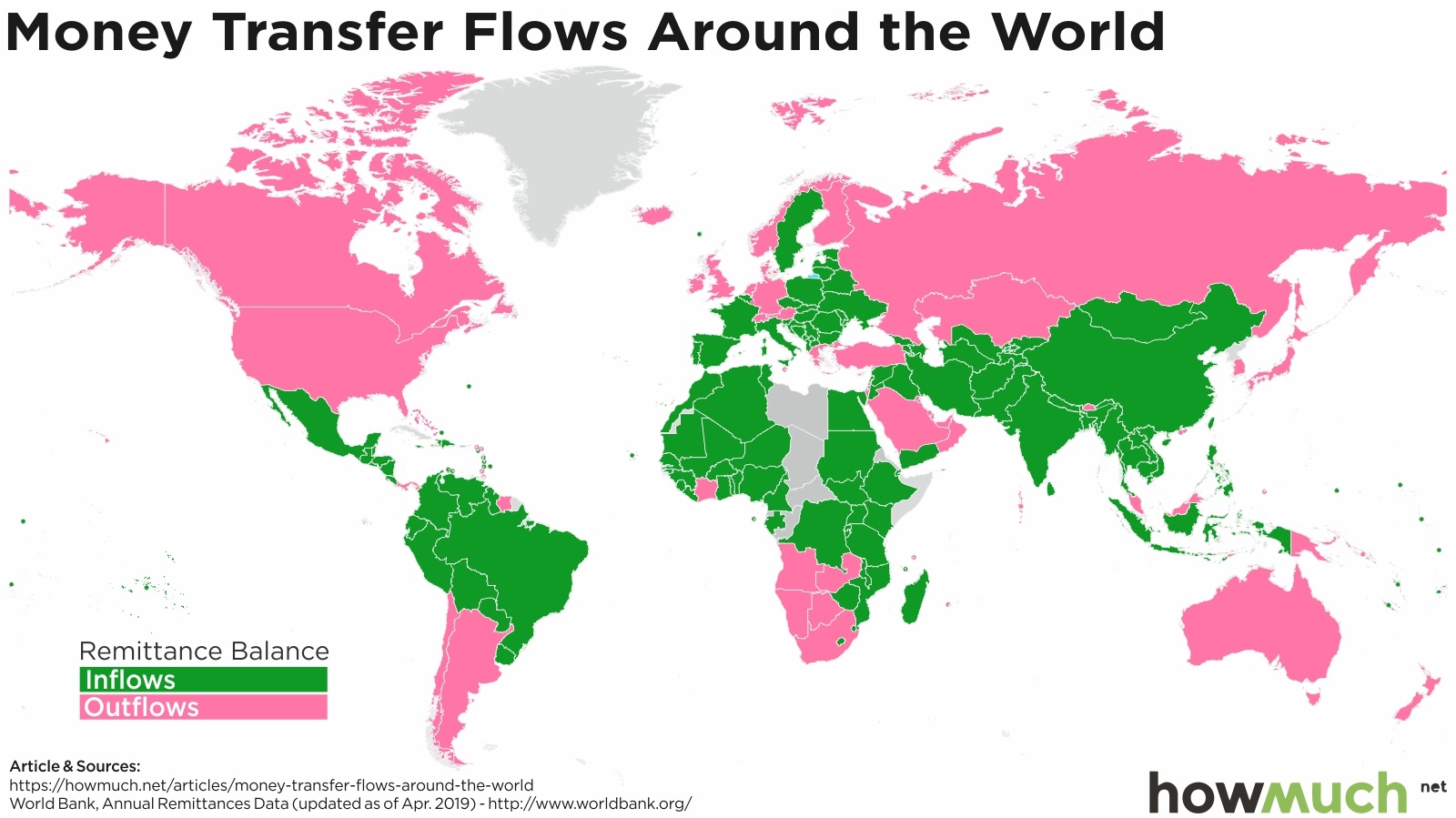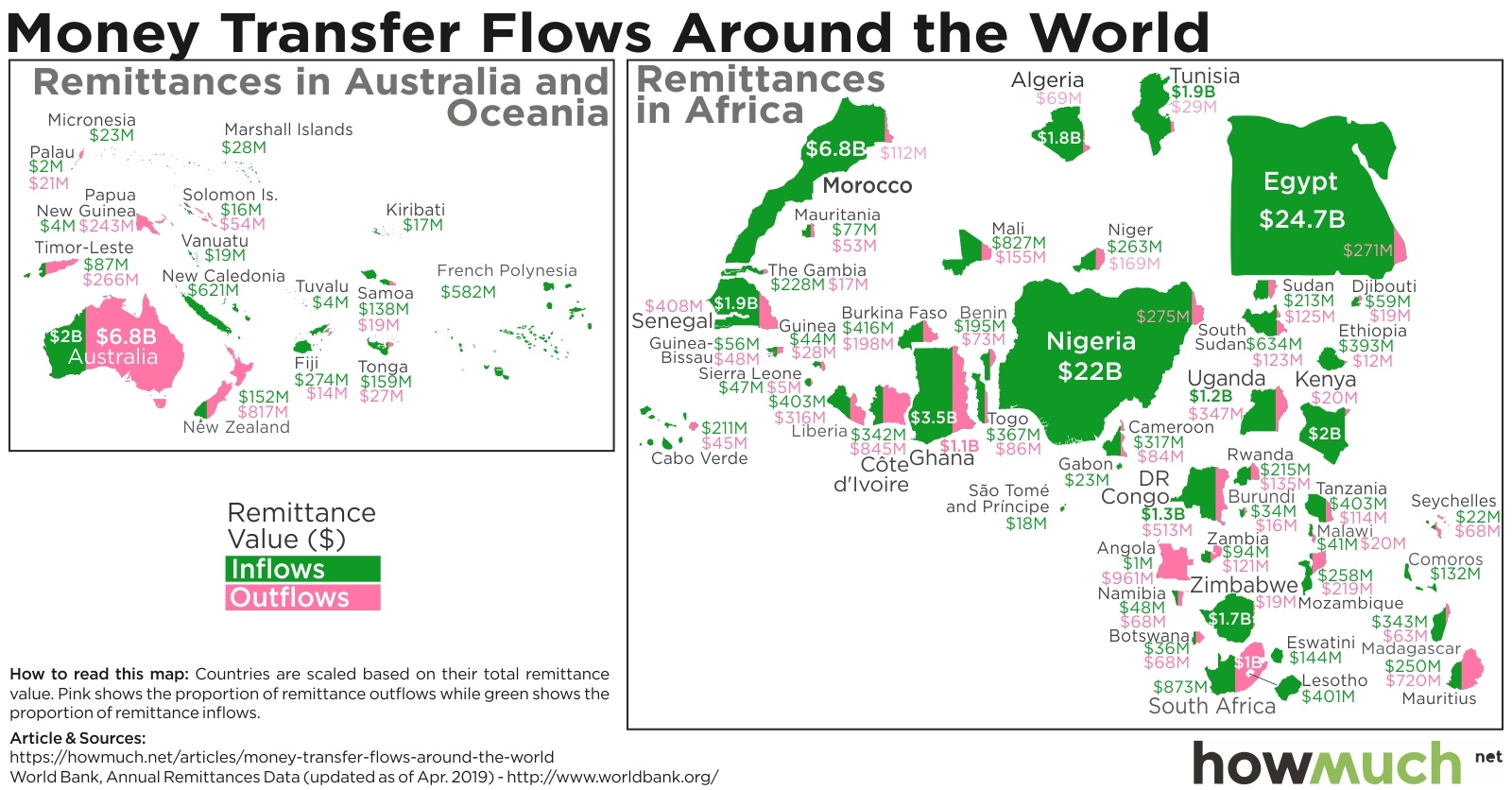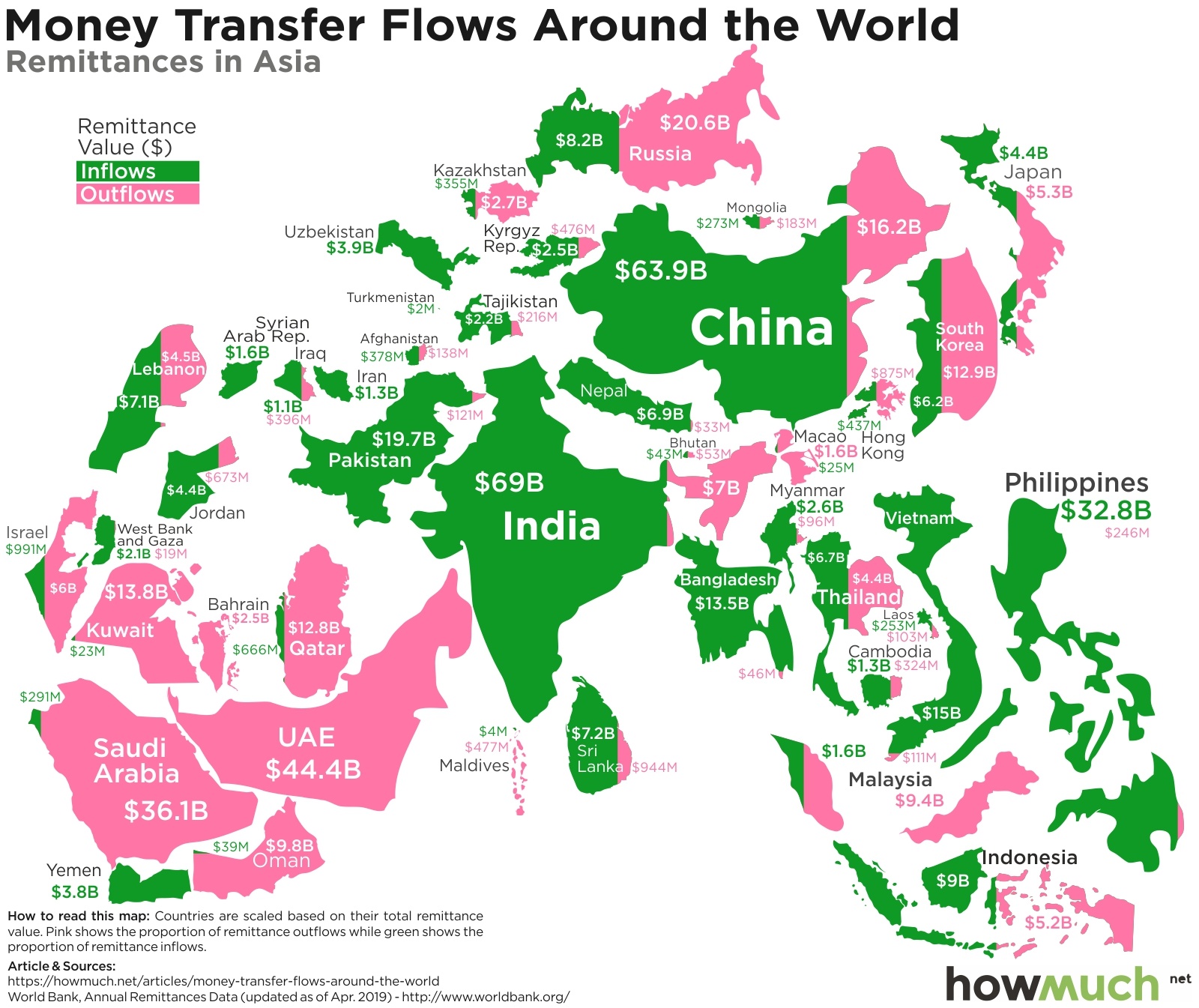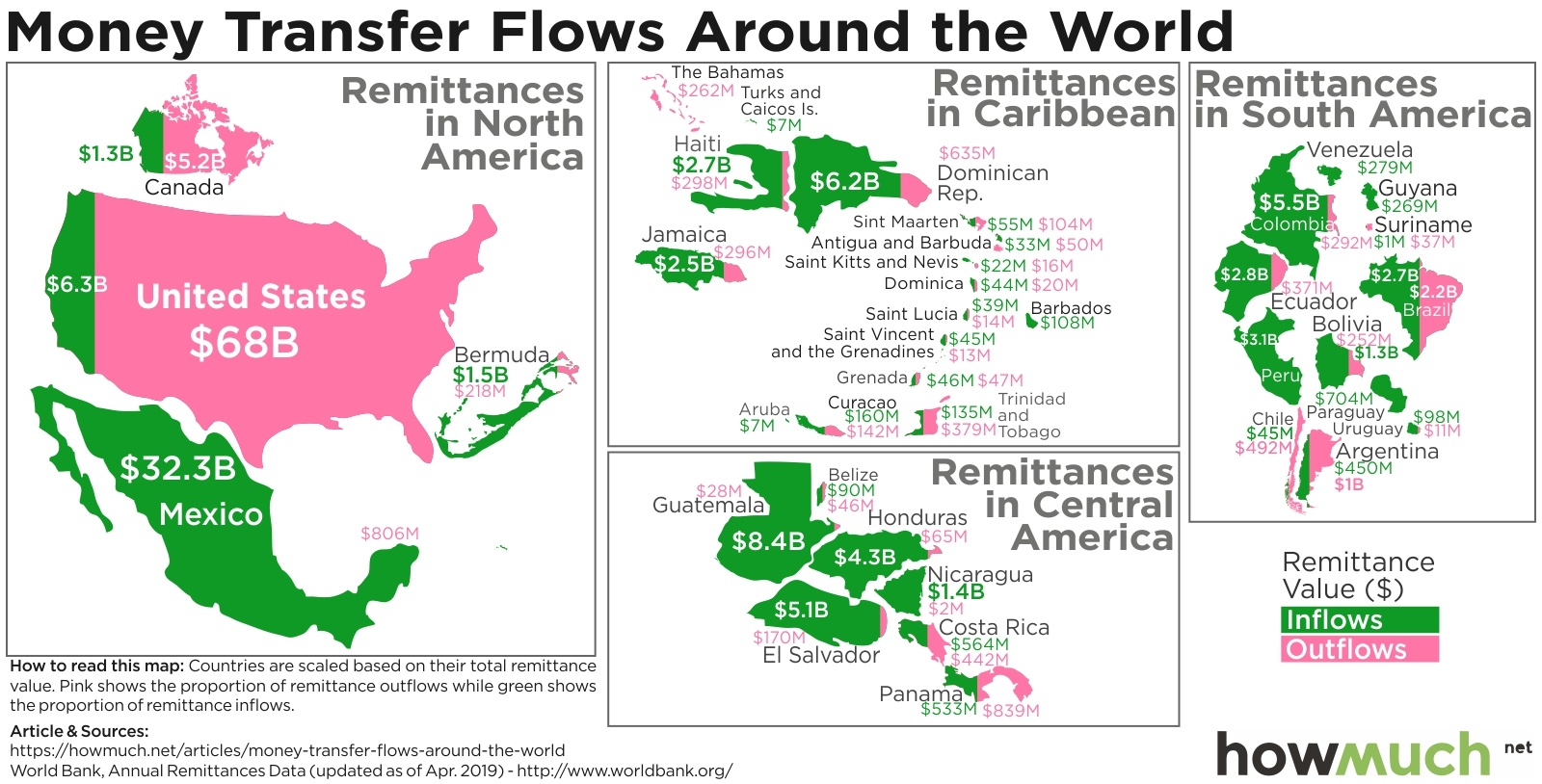Welcome to the home page of the research project: Money Transfer Services in The Hague!
What you have before you is the end product of this research project, consisting of this main page and related pages.
We, Charlotte Simons, Mira Demirdirek and Sandra Bleeker, started this project in October 2019 and it finished at the end of December 2019, while the topic and the products underwent quite some changes.
On this main page you will find some general introduction to our topic and our gallery. If you scroll all the way down, you will find all of our related posts.
Introduction
When we talk about international money transactions, we mean relatively small amounts of money ordinary people send to family members or friends who live somewhere else, possibly in a different country or on a different continent. We naturally focused on money transactions being sent to and received from the African continent. This money is intended for several purposes, like housing, education or daily living expenses. Remittances, as these transfers are called in the academic or political jargon, “are usually understood as financial or in-kind transfers made by migrants to friends and relatives back in communities of origin”.
In academic and political discourse remittances are often linked to ‘development’, especially since money flows to low- and middle-income countries play an important role. According to the World Bank, an estimate of $551 billion of remittance flows was reached in 2019. Since the 1990s, the total sum of remittances by private individuals have exceeded official amounts of development aid.
As policy makers have started to acknowledge the importance of remittances, the high costs of those money transfers through institutions such as Western Union or MoneyGram have become a subject for debate. Correspondingly, they have been included in the Sustainable Development Goals. Although the Sustainable Development Goal 10.c stipulates a target value of 3% transaction costs of the overall sum, costs remain very high – especially on the African continent. The Migration Development Brief 31 suggests that, in 2018, costs of sending $200 to Sub-Saharan Africa were on average an extra 9%.
Our research project
We started off in October, not only in a different composition, but also with different ideas of what the end product should be. Our focus was generally divided among two entities: understanding the familial dynamics of money transfers within the African diaspora communities in The Hague and finding the individual story in the global system of money transfers. Our plan was to go to The Hague and post at several money transfer shops, talk to people using the services and ask them to fill out a questionnaire. Due to time constraints, we were only available in October to go on a Monday morning and and we did not get to speak to anyone using the services of, for example, Western Union or MoneyGram.
At this stage, we decided to split our research into a tripartite division: one centring around the sender of money, one interested in the receiving end of the money transfer and the last one looking at the transfer facilitator (working in a shop). Separately from each other, we tried to find and connect to participants who were willing to tell us about their experiences and opinions. We did this by asking around in our own social network of friends and acquaintances.
However, it proved more difficult than we had initially anticipated to find participants who were willing to talk about this rather sensitive topic. This let us to rethink our ideas and assumptions, especially the sensitivity of the topic. We definitely underestimated that earlier, so we decided to change our tactics.
We deviated from the tripartite participants focus to three different ways of data collection: qualitative; quantitative and a combination of the two. The qualitative data collection form we used is a semi-structured interview with a participant about the social dynamics of these international money transfers. On top of that, we conducted a semi-structured interview with another participant through WhatsApp, mostly about the technology behind remittances and the social impact this technology has had. The quantitative data we gathered from an online survey we uploaded on several of our social media channels and shared among our friends. When we restricted the survey to residents of The Hague only, we got little response. Because of this, we decided to not restrict our survey to any location. The combination of qualitative and quantitative data is a map we created of as many physical money transfer shops or facilities as we could find. It is quantitative in the sense that it tries to locate as many places as possible and qualitative in the sense that we have added photos of the respective shops, as well as the names of the service providers, like Western Union, MoneyTrans or Ria.
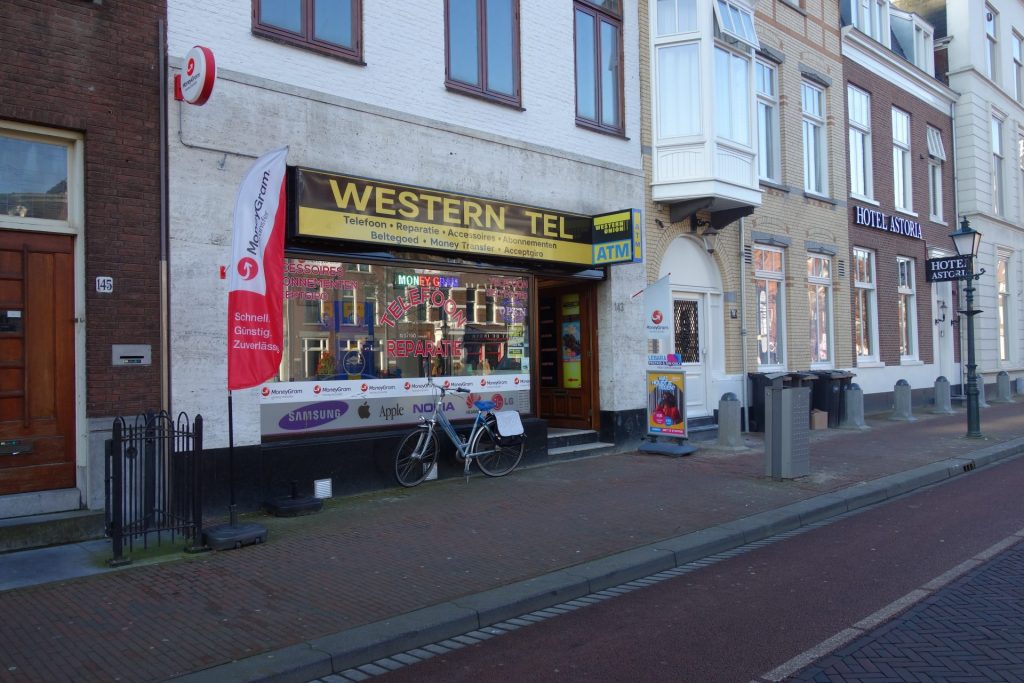
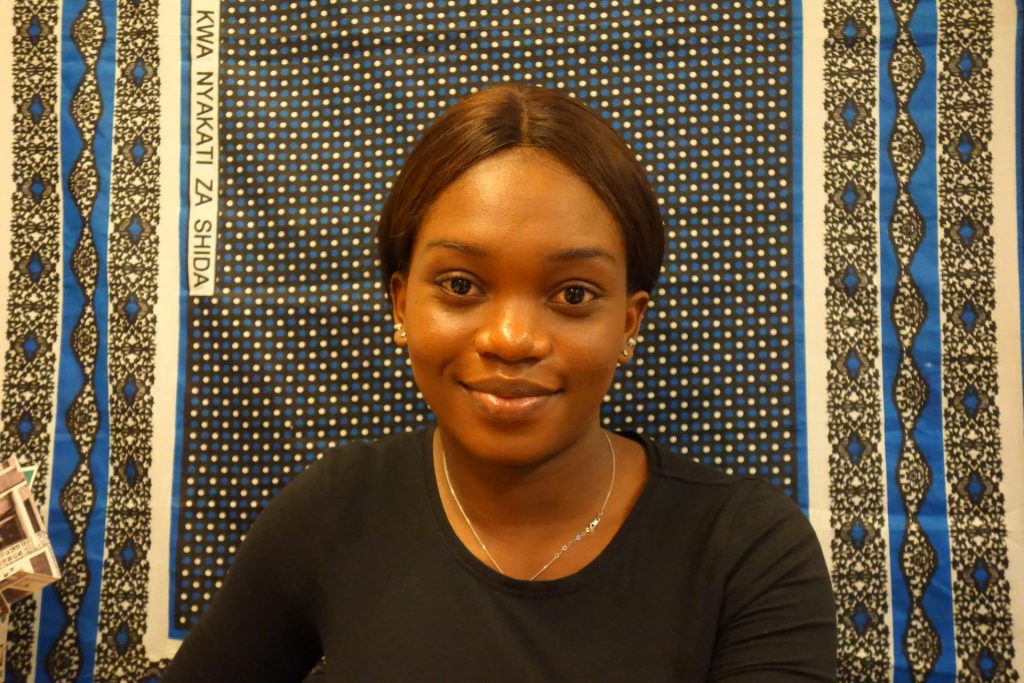
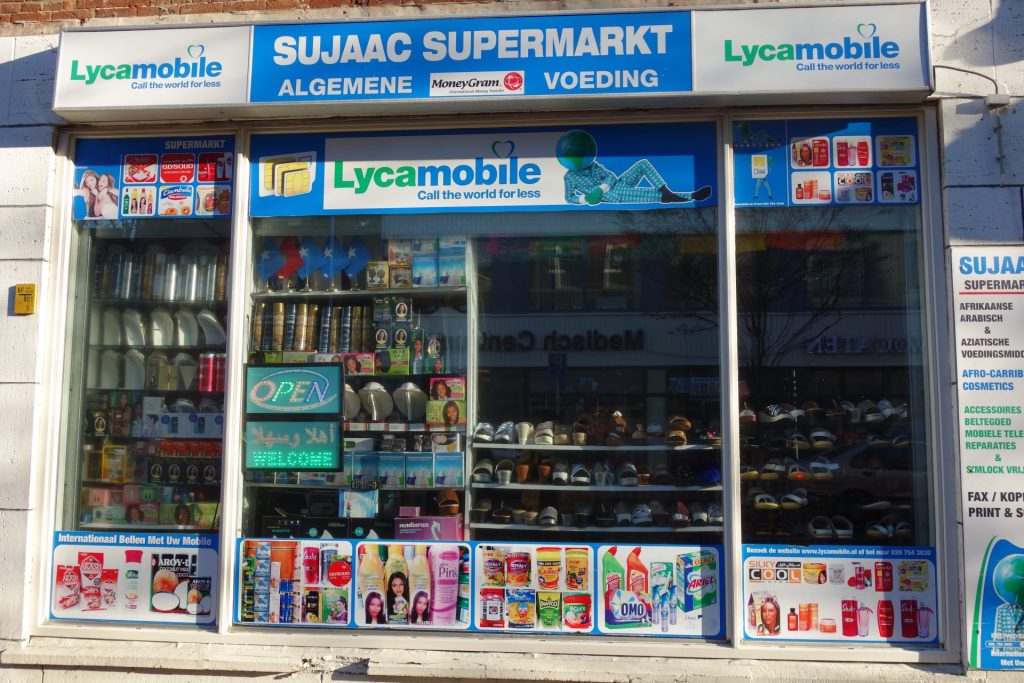
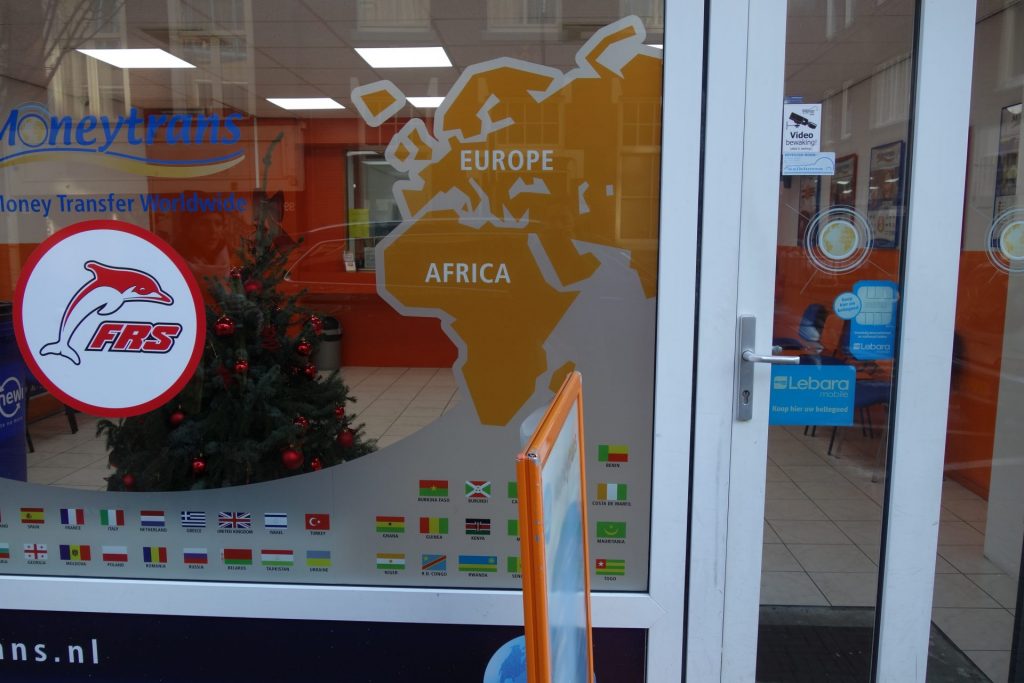
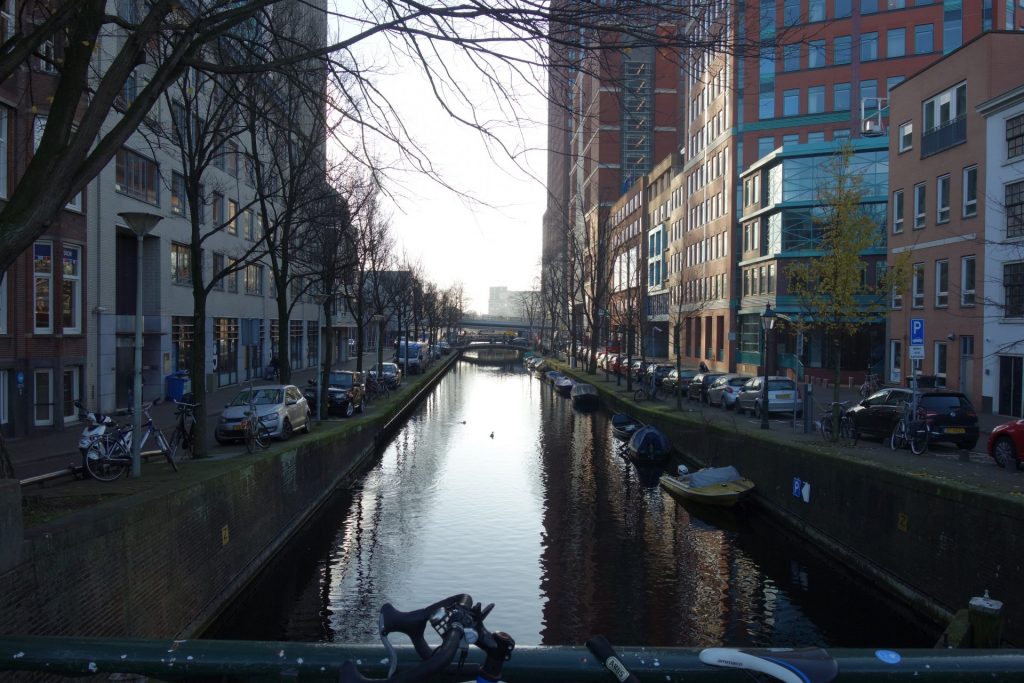
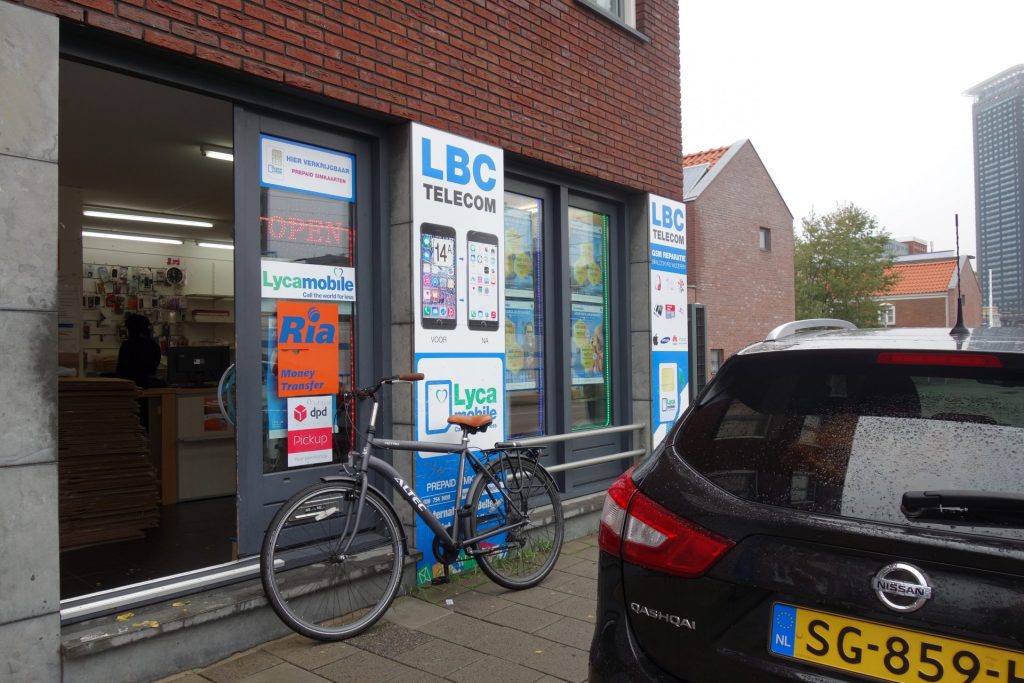
Our products
The four related articles are the final writings on our products and ways of data collection: the interview in video form, screenshots of the interview we conducted through WhatsApp with accompanying conclusions, the survey data converged into statistics and the shops mapped in a Google Map.
The interview with Abiola Elizabeth Adegoke was held on November 18, 2019. Abiola is a graduate student from Ogun State, Nigeria. She is currently doing her master’s in International Relations at Webster University in Leiden. Charlotte, Mira and Abiola discussed the several pro’s and con’s of money transfer services, especially Western Union. Click here to read it.
The second interview, with Paul, was conducted through WhatsApp at the end of December, 2019. Paul is a Ugandan national and wrote his thesis on mobile money and e-commerce in Uganda, after which he started working for a Dutch global payment company that allows businesses “to integrate electronic payment software into their systems. In short, he is very knowledgeable on the technical aspect of remittances and the social impact the technology has had. Click here to read it.
The survey we shared with our friends and acquaintances all over the world has given us some statistical insights on international money transfers. As Abiola informed us that Western Union is an established institution in African countries, much more than for example MoneyGram, it is also inconvenient, because of the high costs. In our statistics we see that most participants indeed use Western Union more than any other brand. Read the article and look at the data yourself.
The map that we created shows the different types and locations of money transfer facilities in The Hague. We see that the shops are spread throughout The Hague, especially in the secondary and tertiary shopping streets. We found some interesting places as well, like a restaurant offering transfer services and three Western Union facilities in one street. Read the article and look at the map here, to see and find out more.
And an overview of all of our related posts:
1) Money Transfer Services in The Hague: Abiola Adegoke on her experiences with remittances
2) Money Transfer Services in The Hague: Insights from an online survey
3) Money Transfer Services in The Hague: Paul on the social impacts of money transfers
4) Money Transfer Services in The Hague: Mapping the money transfer services


